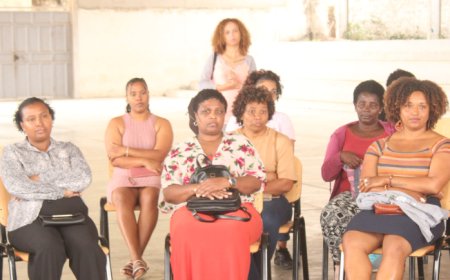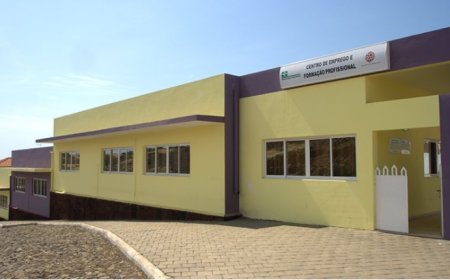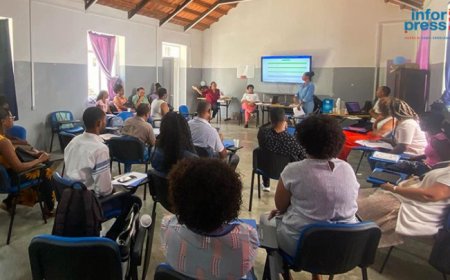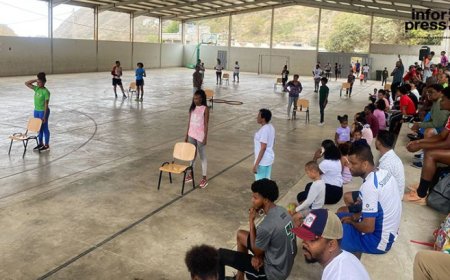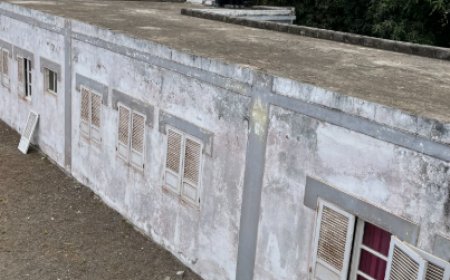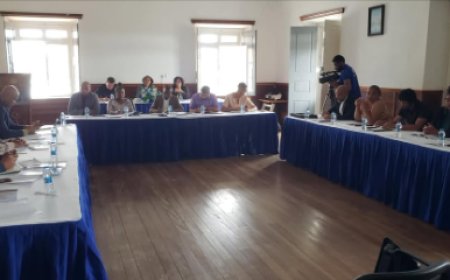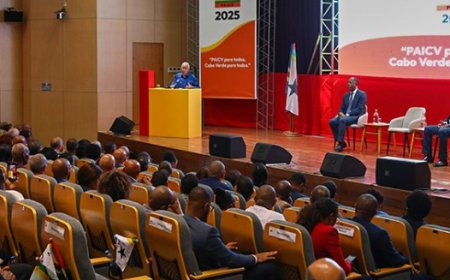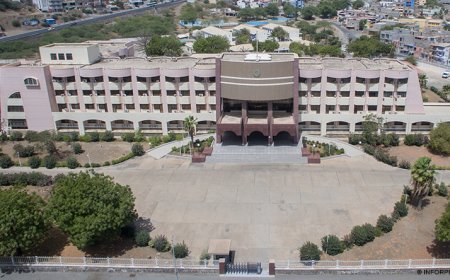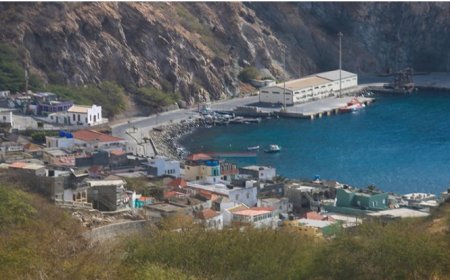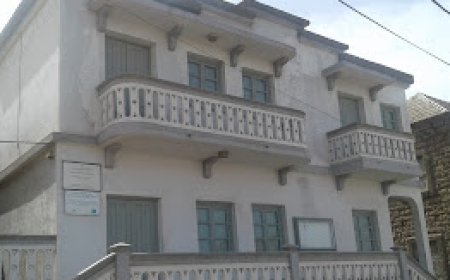Cape Verde's Path to Poverty Reduction: Adopting a Multidimensional Approach - World Bank Report
According to a report published by the World Bank, Cape Verde has made significant progress in reducing poverty through monetary and multidimensional measures, with a national Multidimensional Poverty Index (MPI) being developed to better address and understand the diverse deprivations faced by its citizens. .
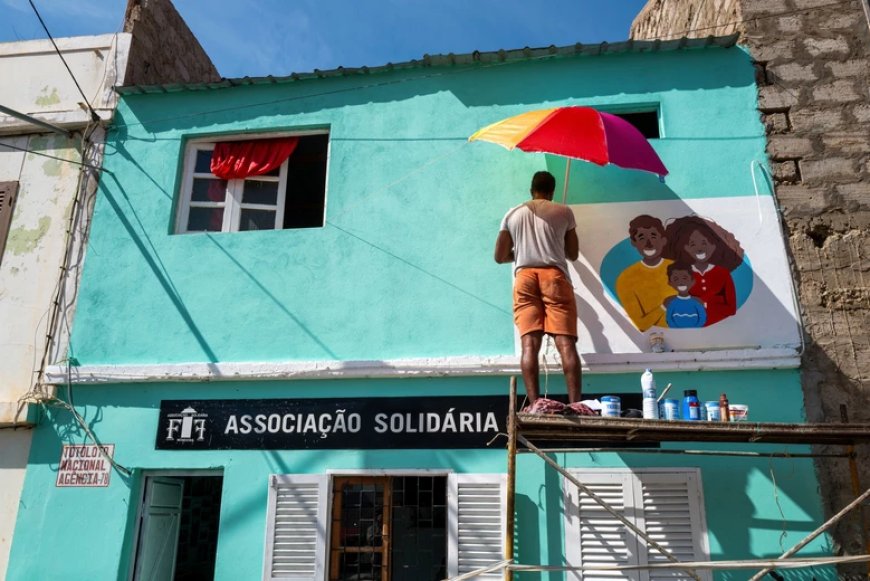
According to the World Bank, Cape Verde has made notable progress in reducing poverty over the past two decades, with the national poverty rate falling from 56.8% in 2001 to 35.2% in 2015. It is expected that This positive trend will continue, reaching 28.1% in 2022, despite a temporary increase to 31.3% in 2020 due to the pandemic.
However, traditional measures of monetary poverty may not fully capture the daily deprivations faced by Cape Verdeans. Several components necessary to live a dignified life are not exclusively traded in markets, such as access to basic infrastructure, environmental quality, and availability of education and healthcare (Chakravarty and Lugo 2016). As a result, two families with the same level of consumption may experience different living standards if they differ in access to the public sewage system or a nearby school (World Bank 2018). This has motivated the measurement of non-monetary poverty by developing countries and on a global scale (e.g. Multidimensional Poverty Measure or Global Multidimensional Poverty Index).
In this context, the National Statistics Institute of Cape Verde and the World Bank are working on a proposal for a national Multidimensional Poverty Index (IPM) for Cape Verde. This initiative is the culmination of a multiphase process involving a diversity of national and international institutions, including the United Nations Development Program and the country's ministries of Education and Family and Social Development. These partners have engaged in normative and empirical discussions to shape the national IPM. While the current indicator is based on the 2015 household survey, the IPM will be updated using the 2023 household survey once it is available later this year.
The successful adoption of a national IPM will facilitate the articulation of social policies across sectors and over time. Furthermore, an adapted IPM will allow the government of Cape Verde to set a more ambitious and locally relevant development agenda than relying on off-the-shelf international measures.
About 17.2% of the population in Cape Verde was multidimensionally poor in 2015. The deprivations faced by Cape Verdeans were concentrated in housing conditions, adult education and nutrition. Approximately one-third of the population did not have access to adequate sanitation or improved cooking fuel in 2015, and more than one-quarter of the population lived in excessively crowded housing. Furthermore, about a third of the population lived in a family where none of the adults had completed 8 years of education or more. Finally, almost a quarter of Cape Verdeans in 2015 lived in a family with at least one malnourished person.
Multidimensional deprivation and monetary poverty are linked. For example, while 32.8% of individuals who were not deprived of attending school lived below the national poverty line; among those living in families where at least one child was not attending school, the poverty rate was 60.5%. We observed a similar pattern for deprivations related to health and living conditions. In contrast, obesity is the only deprivation that was not correlated with monetary poverty.
Examining the relationship between monetary and multidimensional poverty can tell us which policies to emphasize. Understanding these multidimensional aspects of poverty is crucial for Cape Verde as it continues to develop policies and programs to improve the lives of its citizens. By looking at the full picture of what it means to live in poverty, the nation can adapt its approach to meet the specific needs of its people, ensuring that all Cape Verdeans can enjoy a dignified and prosperous life.
The study shows that an individual living in a family without electricity or adequate sanitation was between 8 and 10 percentage points more likely to be monetarily poor than their non-deprived counterpart. This finding is robust when controlling for different geographic and family characteristics, suggesting that access to physical infrastructure, a characteristic that does not depend solely on family purchasing power, is still strongly related to families' income-generating capacity.
A substantial portion of individuals deprived of health or education are also deprived in other dimensions. According to the study, at a national level, four out of every five people who experienced at least one health deprivation also experienced deprivation in another dimension, such as education, living conditions or both. This figure was even higher, around nine in ten people, for the population that experienced at least one deprivation in education. The overlapping nature between health and education suggests double gains from implementing coordinated policies that address the causes behind the level of deprivation in these dimensions.
IPM is more than a statistical exercise; It represents a commitment to an integrated approach to social policymaking that resonates across institutions and over time. It enables Cape Verde to develop a development agenda that is ambitious and in tune with the local context and challenges, transcending the limitations of international indicators.
The natural next step is to measure Cape Verde's progress through the IPM lens using the new 2023 household survey (expected to be released later this year), but more importantly, this proposal should spark a deeper conversation between different ministries. government on how to design an institutional environment that links IPM as part of the central metric for evaluating public policy performance. This will ensure that social policy builds a future where every Cape Verdean can prosper, with their needs and aspirations at the heart of development strategies.
Source: World Bank (World Bank)














